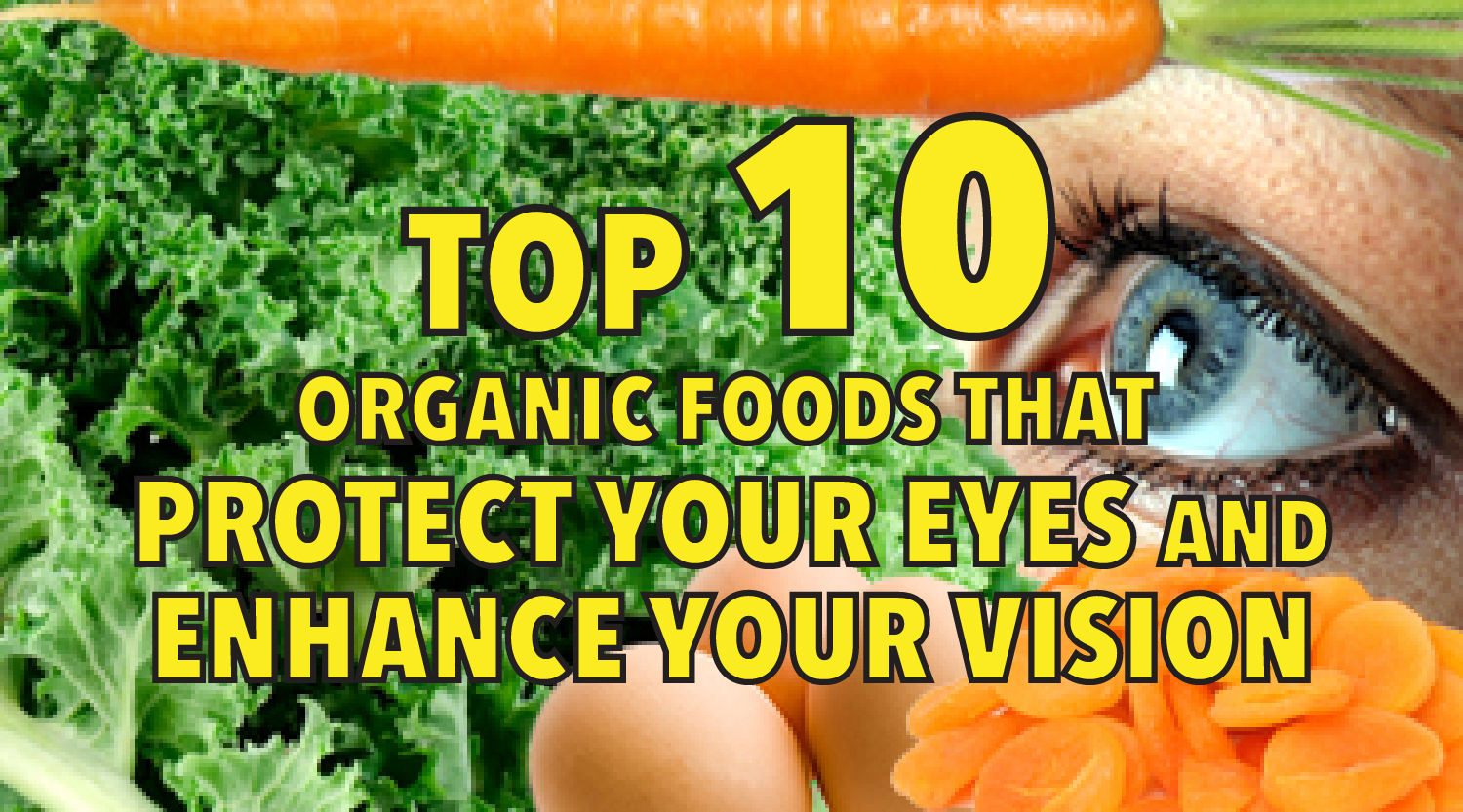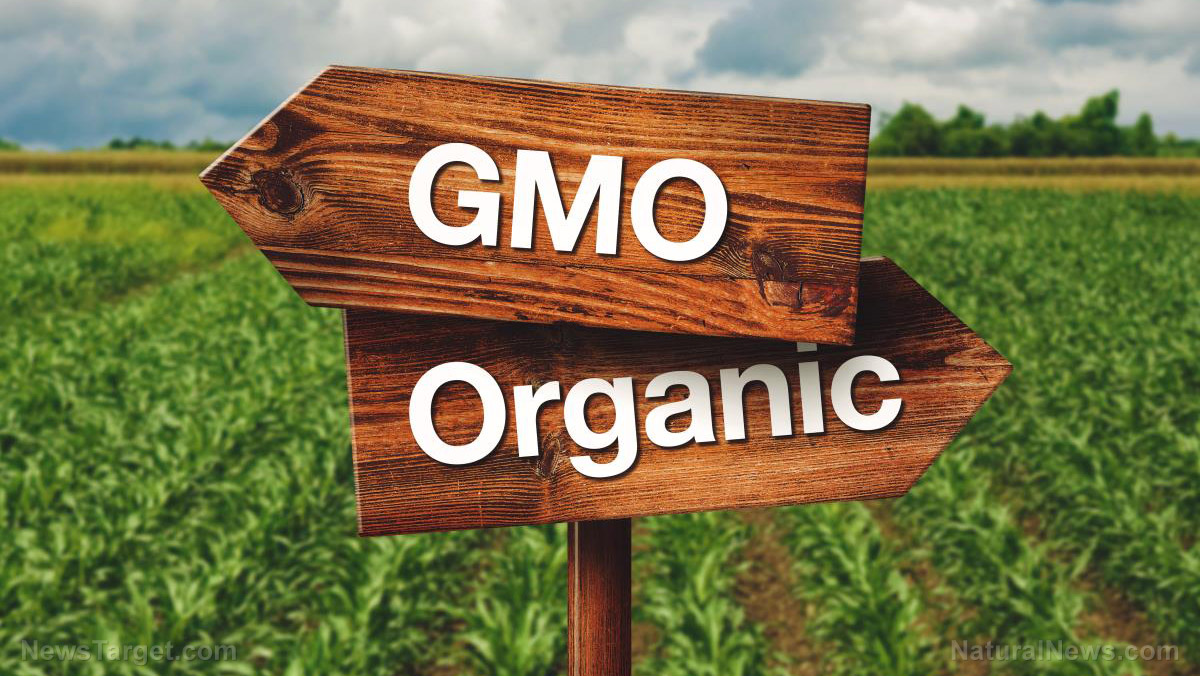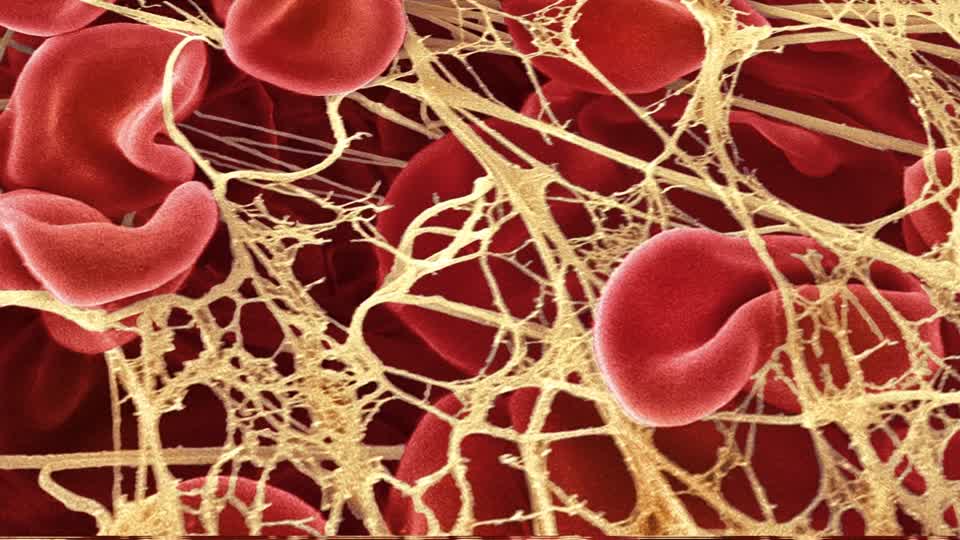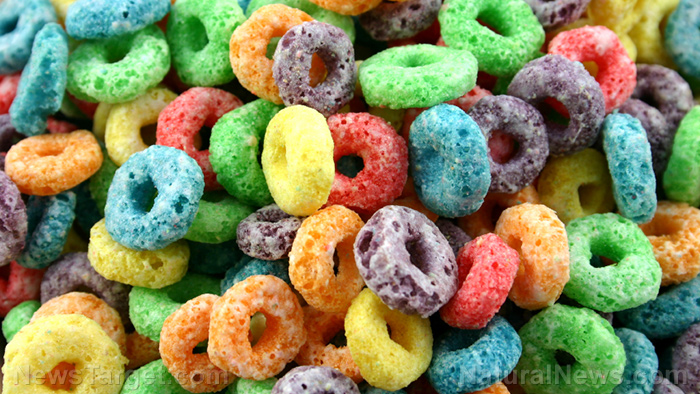Top 10 organic foods that protect your eyes and enhance your vision
09/02/2015 / By Greg White

Many people believe that vision loss is a corollary of aging that they have little, if any, control over. In addition, contact lenses are uncomfortable, glasses are sometimes perceived as unattractive, and surgery is expensive. Contrary to popular belief, however, not all diminished eyesight is an inevitable corollary of aging. Vision loss has increased with the rise of various technologies. People strain their eyes by staring into computer screens, televisions and cell phones for hours every day. Other than avoiding certain activities that strain your eyes, there are plenty of active steps you can take to improve your vision naturally. To reduce your risk of vision loss, let your eyes feast on these foods.
1. Kale
Kale is low in calories and has more vitamins, minerals and nutrients than almost any other food. This leafy green vegetable contains lutein and zeaxathin, two antioxidants that occur in high concentrations in healthy eyes. In fact, lutein and zeaxathin contribute to the eye’s yellowish color. In nature, they protect plants by absorbing dangerous ultraviolet light. Along with other naturally occurring antioxidants in kale, lutein and zeaxathin protect the retina from free radicals, which are unstable molecules that harm healthy tissue. To reap the health benefits of kale, it’s best to preserve the nutrients by juicing it or eating it raw.
2. Garlic
Garlic is added to cuisines for its flavor, but it also has many healing properties. It’s a rich source of antioxidants, vitamins and minerals. Garlic can reduce the risk of heart attack and stroke by preventing blood clots. The primary reason garlic can help aid vision is because it contains sulfur, which produces an antioxidant in the body that protect the eye lens. In addition, garlic may boost blood circulation, which can help keep eye cells strong. Garlic should not be taken with prescription blood thinners; taken together, the two can cause blood to become too thin.
3. Eggs
Everyone knows that eggs are a great source for protein, but did you know they are also a great source for lutein? As mentioned earlier, lutein is an antioxidant found in leafy green vegetables like kale. Scientists believe that the body may be able to better absorb lutein from eggs, and in particular egg yolks, than from vegetables. In addition, the zinc in eggs can help reduce the risk of macular degeneration, a medical condition where a portion of the retina deteriorates. The color of an egg yolk indicates how nutrient-dense an egg is. Egg yolks with a dark color are usually more nutritious than egg yolks with a light color. To ensure you are eating the most nutritious eggs, it is best to buy organic chicken eggs from a local farmer you can trust.
4. Carrots
Carrots are the most popular vegetable known to improve vision. They are a great source for a form of vitamin A known as beta-carotene which, in addition to giving carrots their orange pigment, plays a critical role in maintaining good vision. Furthermore, beta-carotene may protect the eyes against cataracts and macular degeneration. Packed with antioxidants, carrots are a sure way to fight free radicals, boost the immune system and maintain healthy eyesight with age.
5. Avocados
Avocados are another great source of lutein and zeaxathin. In addition, they are one the best plant-based sources for omega-3 fatty acids, which play a critical role in the normal development of vision in infants. Studies have suggested that omega-3 fatty acids help prevent dry eyes and even age-related macular degeneration in adults. In a study published in Archives of Ophthalmology, women who ate the most omega-3s were 42 percent less likely to develop macular degeneration than women who consumed the least amount of omega-3s. Avocados are easy to incorporate into your diet, either as a spread, topping, dip or meat substitute.
6. Salmon
Like avocados, salmon are a great source for omega-3 fatty acids. Considered by many to be brain food, the omega-3 fatty acids in salmon can help mitigate the risk of chronic dry eyes and macular degeneration. Beyond omega-3 fatty acids, salmon contains ample amounts of vitamins A and D, which help protect the surface of the eyes and are essential for good vision. Regardless, salmon also contains trace amounts of mercury. Wild salmon usually contains less mercury than farmed salmon. You only need two to three servings of fresh salmon a week for its vision-enhancing benefits.
7. Apricots
Research suggests that apricots may be better for protecting eyes than carrots. In a study published in the Archives of Ophthalmology, researchers kept tract of the dietary habits of over 100,000 people for 12 to 18 years. The researchers found that individuals who ate three or more servings of fruit a day were 36 percent less likely to develop age related macular degeneration than individuals who ate only one and a half servings of fruit a day. Apricots also contain vitamin A and carotenoids, which help promote healthy vision. They make a healthy snack that can be added to cereal, yogurt, pancakes and salads.
8. Blueberries
While blueberries won’t give you those big blues eyes you’ve always dreamt of having, they will help aid your vision. Blueberries improve blood circulation in blood vessels in the eyes, which allow the eyes adjust to different shades of light. In addition, blueberries can help prevent damage to eye cells that are exposed to excess light over the course of your life. Lastly, according to the U.S. Highbush Blueberry Council, blueberries rank number one in antioxidant activity in comparison to 40 other fruits and vegetables. Research suggests that a rich supply of antioxidants can reduce the risk of developing advanced age-related macular degeneration. You can add blueberries as a topping to cereal, yogurt and salad, or consume them by the mouthful.
9. Dark chocolate
Dark chocolate can help improve your eyesight, but don’t go grab a snickers just yet! Dark chocolate contains more cocoa than milk and white chocolate, which is believed to be the source of its vision-enhancing effects. In particular, antioxidants in cocoa called flavonoids can improve visual and cognitive function. According to a preliminary study published in Physiology & Behavior, participants did better on reading tests when they ate dark chocolate than when they ate white chocolate. The researchers speculate that the flavonoids in dark chocolate help increase blood flow to the eyes and improve vision in general. If you decide to take advantage of the health benefits of chocolate, be sure to purchase candy bars that are mostly made of dark chocolate.
10. Broccoli
Broccoli has a vast array of health benefits, including promoting optimal eye health. Broccoli is a source for the naturally occurring antioxidant sulforaphane, which helps protect the eyes from the sun’s ultraviolet light. Your eyes lose their defenses against sunlight with age, a leading cause of age-related macular degeneration. Sulforaphane can help restore these protections. Broccoli is also a great source for the health-promoting nutrients lutein, vitamin A and vitamin C. Broccoli can be steamed, sauteed or blended into a creamy soup.
Most people wait too late to improve their vision before real damage is done. Make sure to keep an eye out for these foods in order to protect your eyes. They’ll help your eyes see farther than they could ever see before.
Sources include:
Submit a correction >>
Tagged Under:
aging, antioxidants, eye health, macular degeneration, organic food, vision
This article may contain statements that reflect the opinion of the author
RECENT NEWS & ARTICLES
COPYRIGHT © 2017 TOP 10 GROCERY SECRETS





















